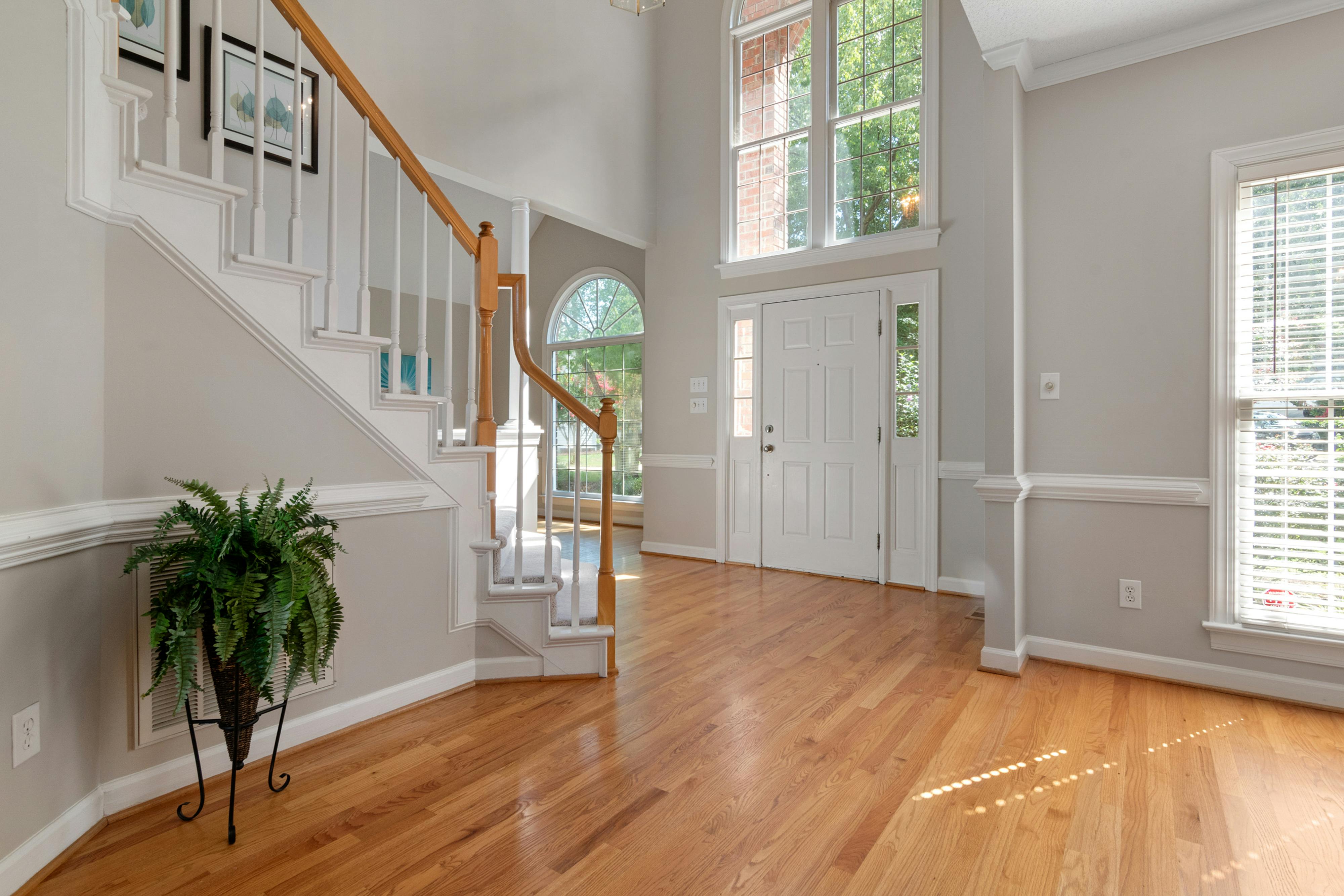
Hotel financial control: improved hotel P&L structure based on new revenue and costs
The Hotel Financial Control function typically analyzes Hotel activity through a standard P&L reclassification that identifies four major departments that represent the Hotel’s primary area of business: Room Revenue, Food and Beverage, Telephone, and Other Revenue. Rooms and F&B are the main drivers of value, while other income can help the total contribution. For each of the four departments, hotel financial control calculates the department’s profit and then the cumulative hotel department’s profit.
We then subtract Undistributed Expenses (including Administrative and General Expenses, Selling, Repairs and Maintenance, Energy Costs, etc.) to get Hotel Gross Operating Profit and subtract Fixed Charges (including Equipment and other Rents/leases , Real Estate and other Taxes, Building and other Insurance, etc.) to obtain the Net Operating Result.
The primary size and performance measure in the hospitality industry is identified as Occupancy Rate, Multiple Occupancy Factor, Annual Sleepers, GUR (Number of Sleepers Per Available Bed) ARR (Average Room Rate), PAR Revenue (Per Room available), Income BY (Per Occupied Room). The main profitability measures of a Hotel are based on the Gross Operating Income (GOI-Par and GOI-Por) and the Net Operating Income (NOI-Par and NOI-Por). Hotel valuation multiples are often linked to RevPar, GopPar and NoiPar.
Nice, but it’s time to make some changes. While the hotel industry is less subject to wild swings, there are two drivers that would suggest Hotel Financial Control do some development on the above reclassification: Internet-based booking and new Real Estate financial structures. Let’s see how these controllers can lead to some improvements in our way of seeing the accounts of a Hotel.
Hotel reservations include direct hotel reservations (via phone or Internet), “chain” tag-driven reservations, and Internet media reservations (via major Internet reservation media). Each of these channels requires a different organizational structure, different contracts, and different costs. It’s not a simple sales and marketing choice with associated sales and marketing costs: the decision to emphasize changes to the Internet channel instead of traditional channels dramatically changes hotel operations and hotel P&L. We work as a Consultant together with a Hotel Manager in a famous place in Italy. We decided that “chain” tag-driven booking was too expensive and could be replaced by internet media bookings. The result was an increase in the hotel’s overall occupancy rate without a decrease in the average room rate. The installation of the new system required a total investment of three months, a iota compared to what the Hotel was paying to have a famous tag on the door. But to really monitor every cent of the cost, we needed to test the hotel’s financial control system.
The problem is: is it correct that the financial control of the hotel consider the costs of sales as retained expenses, since these costs do not uniformly insist on the different streams of income? In other words: what we notice is that the Sales channel generates different costs of Sales in the Rooms Department and in the Food and Beverage Department. If this is the case, therefore, we might decide to include the different impact of Sales channel expenses on the department. P&L more accurately.
A different problem in the financial control structure of the hotel is based on the new real estate. Hotel real estate is increasingly owned by financial investors who care very little about the characteristics of the hotel business and are very demanding: they require a stable financial flow, possibly a higher reward based on the performance of the hotel and they look at the long term. capital appreciation. The structure of the lease/rental contract and its cost is therefore not simply one of the fixed costs of the Hotel, but is “the” cost. Hotel financial control can’t just row this down in the P&L, but very deep analysis is needed. We may want to include the contingency portion of the lease/rental in operating expenses for our Department. the profit really reflects the profit of the company. In addition, we may want to define the relevant lease/rental expenses in an appropriate profit and loss figure.
Finally, a few words on other topics: telephone revenue and SPA revenue.
Everyone who attends a hotel owns at least one mobile phone and claims full internet coverage: therefore the hotel’s phone revenue is limited. Instead, the income of the wellness area, including the SPA and fitness, is increasing: the Hotel Financial Control often replaces the Department’s telephone line with the SPA Department. line.
As consultants in this industry, we are challenged by clients’ need for additional improvements in hotel financial control to really support management in their decisions.




No Comment